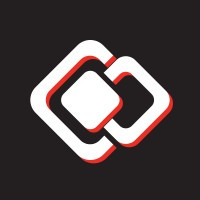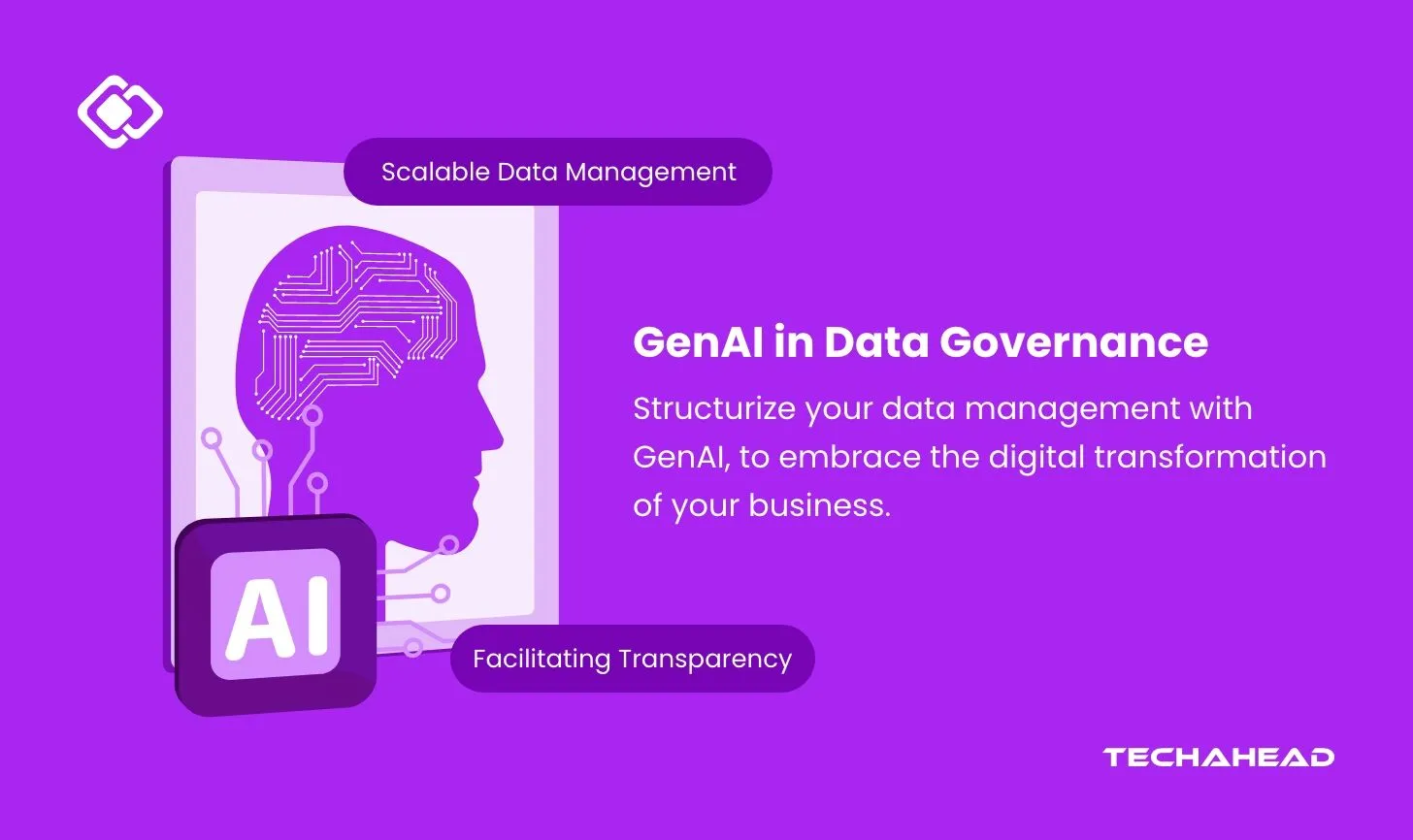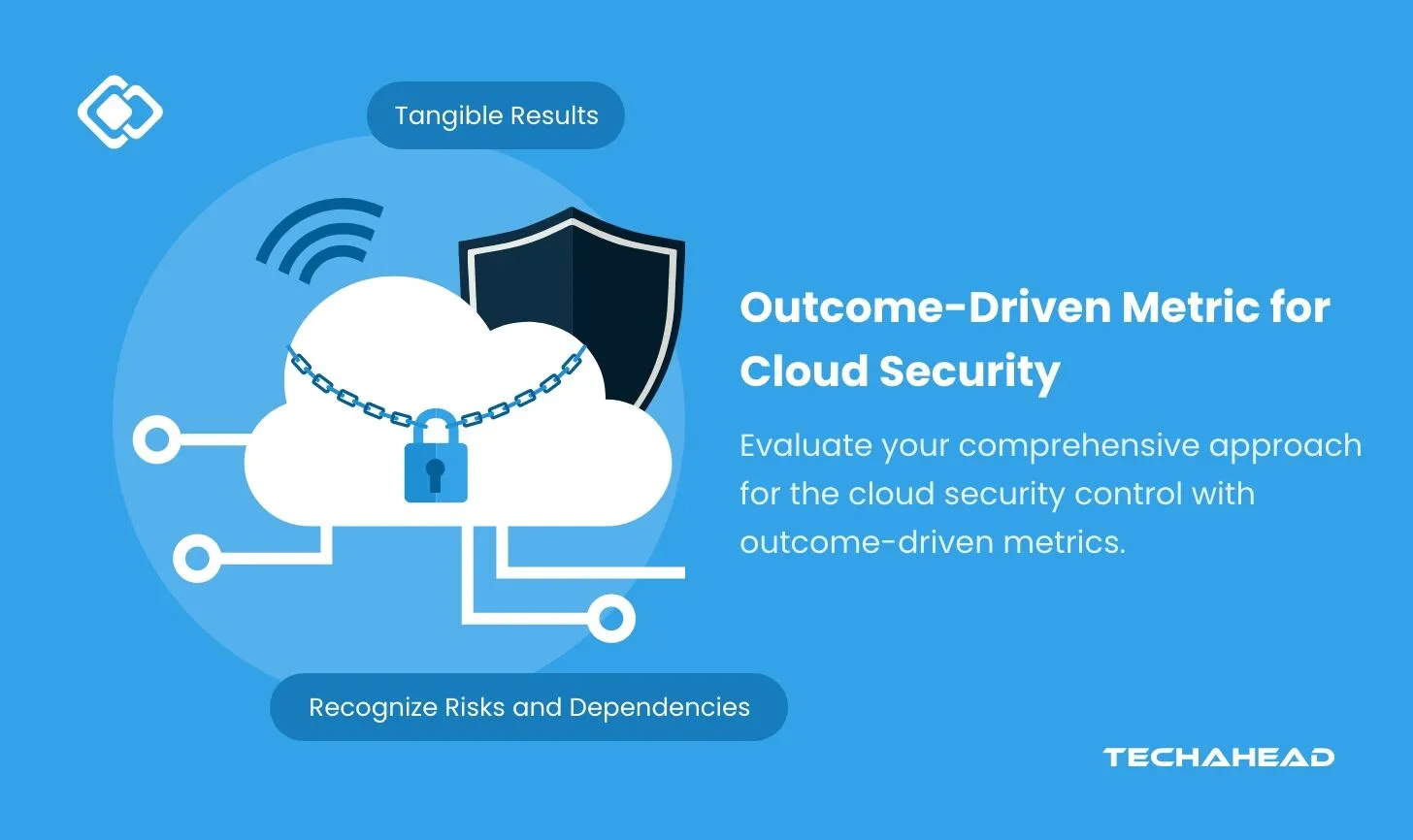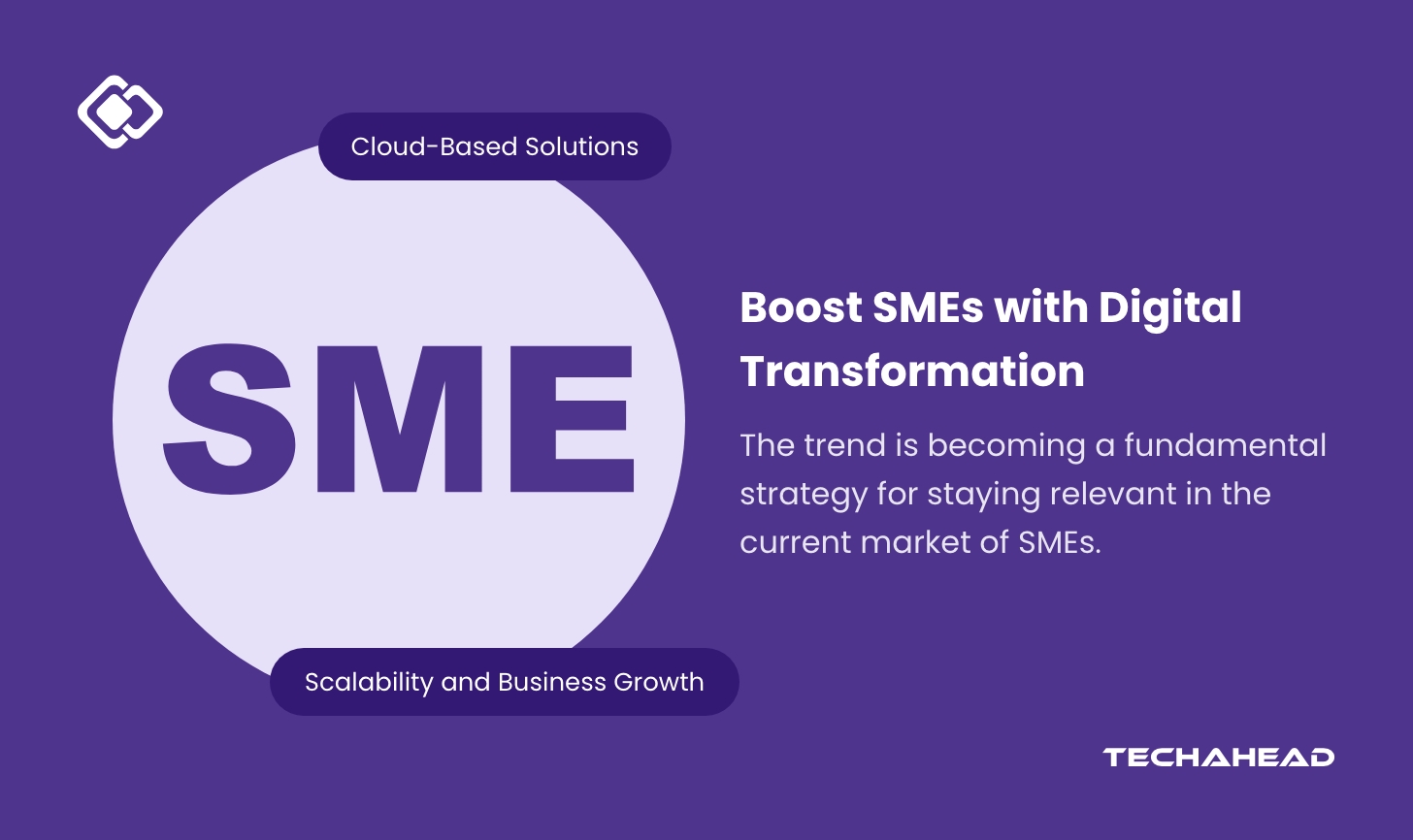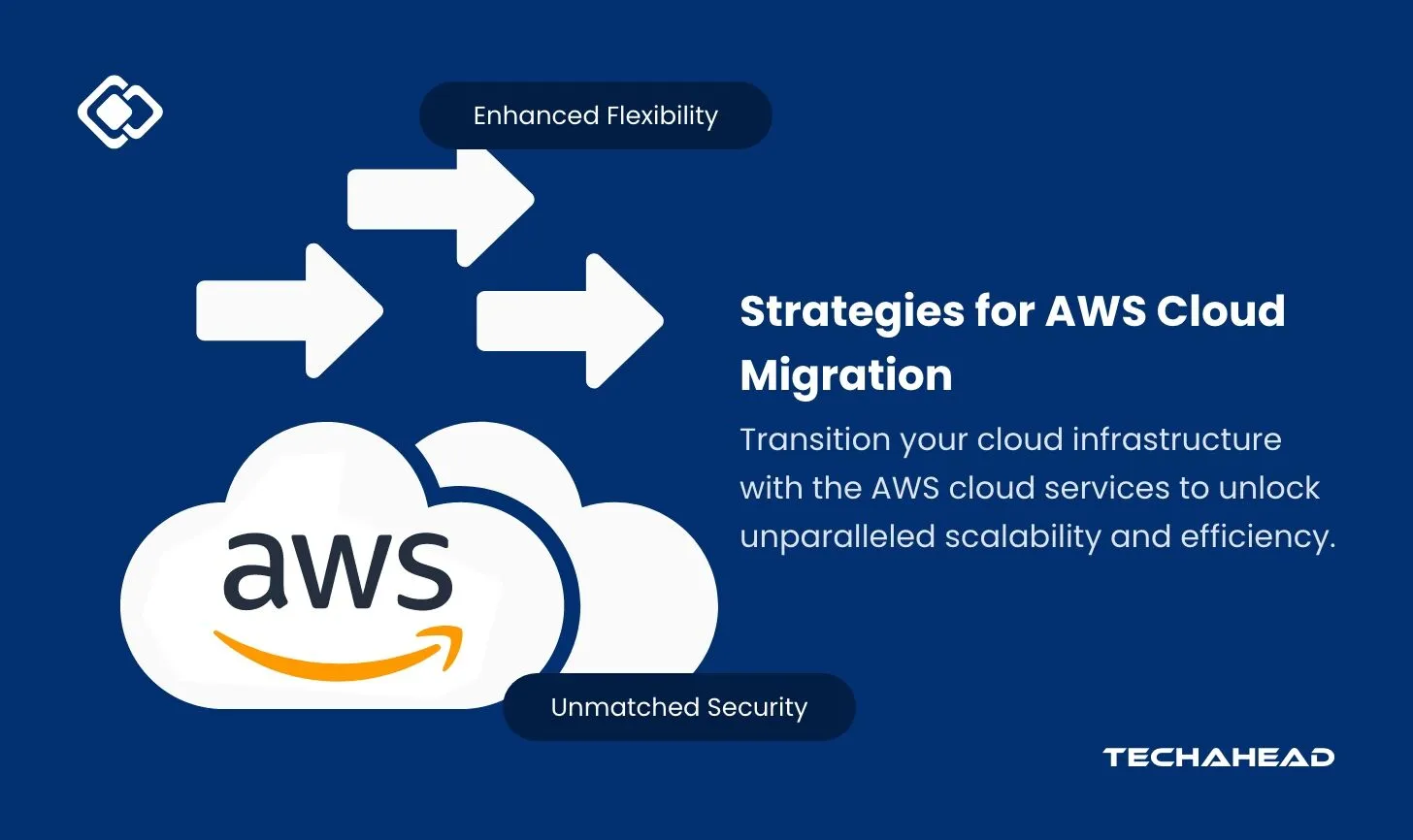Harnessing the Power of HL7 to Elevate Healthcare Application Development in 2024
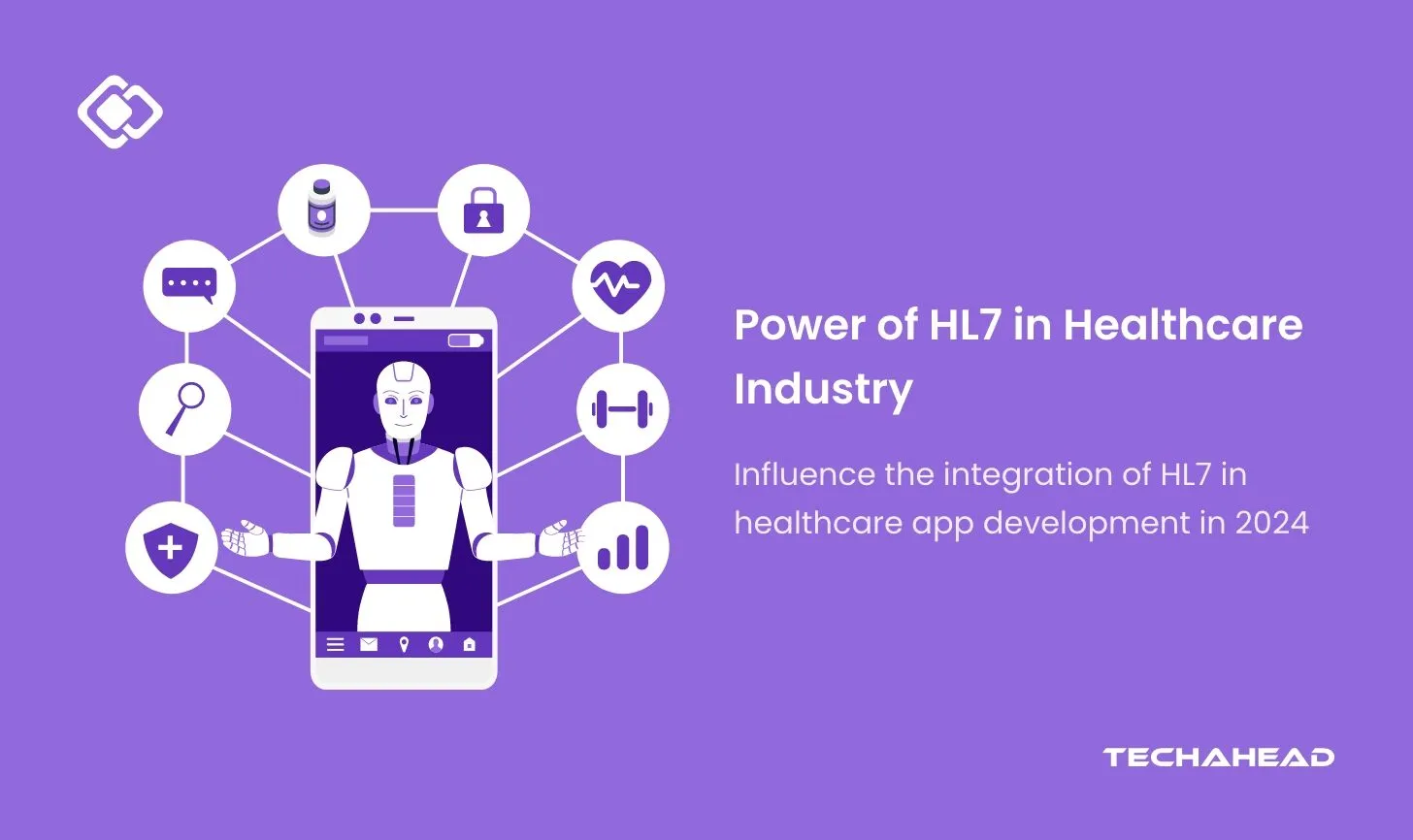
Strong 8k brings an ultra-HD IPTV experience to your living room and your pocket.
HL7 integration in healthcare is now critical for businesses striving to enhance operations and improve patient care. By enabling seamless data exchange across various systems, HL7 integration serves as a cornerstone for data interoperability in healthcare.
Through efficient access, sharing, and use of patient information, HL7 integration supports the delivery of coordinated, high-quality care. It is vital in streamlining clinical workflows, reducing data silos, and ensuring that critical health data is always available. This, in turn, drives significant improvements in both patient outcomes and operational productivity.
With the global healthcare data integration market continuing its rapid growth, organizations are increasingly focused on adopting HL7 standards to remain competitive and elevate their service quality.
In 2023, the global healthcare data integration market was valued at USD 1.34 billion, with an expected CAGR of 14.5% over the forecast period. This surge is driven by the increasing adoption of electronic health records (EHRs) and other healthcare IT systems.This growth highlights how important HL7 integration has become in today’s healthcare, offering greater efficiency and better patient outcomes. By adopting HL7 standards, healthcare organizations can ensure data is shared accurately, quickly, and securely, setting the stage for better patient care and smoother operations.
In this blog, we’ll look at the many benefits and real-world examples of HL7 integration. It will serve as a guide for healthcare businesses on how to use this technology to improve services and boost patient satisfaction.
Key Takeaway:
Integrating HL7 in healthcare app development, breaking down data silos by ensuring seamless communication between isolated healthcare systems, enabling efficient data exchange across various platforms.
HL7 streamlines clinical workflows by automating data transmission, reducing manual errors and administrative burdens, and allowing healthcare professionals to focus more on patient care.
HL7 integration improves operational efficiency by accelerating processes such as billing, scheduling, and claims management, reducing delays and increasing productivity.
HL7 supports telehealth and remote care by enabling telehealth platforms to seamlessly integrate with healthcare systems, improving access to care for patients in remote locations.
Why Does Your Business Need HL7 Integration in Modern Healthcare?
Benefits of HL7 in Healthcare App Development
The healthcare industry heavily depends on various IT systems, like Electronic Health Records (EHR) and Laboratory Information Systems (LIS). However, these systems often operate in isolation, creating data silos that obstruct the seamless exchange of information. This breakdown in communication can compromise patient care, and emphasize the need for standardized protocols.
Health Level Seven (HL7) has emerged as a global standard for healthcare data exchange, ensuring system data interoperability across the board. Essentially, HL7 acts as a universal translator, bridging gaps between different healthcare IT systems. Thereby fostering a more cohesive and efficient environment.
To fully harness the power of HL7 integration, healthcare organizations typically adopt two main strategies:
Point-to-Point interface: It facilitates direct data exchanges between two systems, but this approach can be limiting and complex.
HL7 Integration Engine: This serves as sophisticated middleware, streamlining communication across multiple systems by managing data formats and message flow. This reduces the need to develop numerous individual interfaces, significantly simplifying the integration process.
Incorporating HL7 integration isn’t just about boosting data-sharing capabilities. It’s a strategic move that leads to a more unified, efficient, and patient-centered healthcare ecosystem. By adopting HL7 integration, healthcare businesses can achieve real-time information flow, better decision-making, and ultimately, improved patient outcomes.
What is SMART on FHIR?
Fast Healthcare Interoperability Resources (FHIR) provides a standardized framework for healthcare data formats and API-driven access. Its primary objective is to ensure medical data is interoperable, accessible, and shareable across providers, patients, and applications, including those used in medical IoT application development. Essentially, FHIR aims to break down data silos, facilitating seamless healthcare data exchange.
Building on FHIR, SMART on FHIR enhances these capabilities by introducing robust authorization and authentication protocols. This security framework allows healthcare professionals and patients to install or create SMART apps that connect securely to Electronic Health Record (EHR) systems. These apps enable the safe retrieval, sharing, and use of patient data, streamlining clinical workflows and enhancing patient engagement.
SMART on FHIR transforms the healthcare ecosystem by making EHR systems more dynamic and adaptable. By leveraging SMART apps, healthcare providers can implement customized solutions that meet specific clinical needs, without compromising data security. This elevates the potential for more personalized, data-driven care delivery.
Challenges of HL7 in Healthcare App Development
HL7 integration offers substantial benefits for healthcare IT systems, yet it also presents several challenges that can affect both implementation and operational effectiveness. Below is an overview of the primary challenges healthcare organizations face during HL7 integration.
Complexity and Variability of Standards
The complexity and variability of HL7 standards pose significant hurdles to integration. Different healthcare systems often interpret these standards differently, leading to inconsistencies and complications during data exchange. Aligning these varying interpretations requires extensive mapping and customization. This process can be resource-intensive, demanding substantial time and effort to ensure seamless interoperability.
With multiple versions of HL7 in use, compatibility across systems adds another layer of complexity. Successfully navigating these challenges is crucial for achieving smooth data interoperability in healthcare.
Data Privacy and Security Compliance
Protecting patient data during HL7 integration presents a major challenge, as healthcare data is highly sensitive. Compliance with regulations like HIPAA is essential to secure patient information, which must be encrypted and safely transmitted across systems. Every data exchange point introduces potential vulnerabilities for breaches.
Organizations need to invest in robust security measures, such as access controls, audit trails, and regular security assessments. Failing to meet these standards can result in penalties and a loss of trust, making stringent data privacy and security measures critical to the success of HL7 integration.
Interoperability Between Different HL7 Versions
Achieving interoperability across different versions of HL7 is another key challenge. Many healthcare systems operate on varying versions of HL7, complicating the process of data sharing.
Migrating from older versions, like HL7 v2, to newer ones, such as FHIR, often involves complex mapping and translation efforts to maintain data integrity. Differences in data structure and semantics across versions further complicate this migration. Healthcare organizations must invest in specialized interoperability solutions to bridge these gaps, ensuring efficient and accurate data exchange across diverse healthcare IT environments.
Resource and Technical Expertise
The successful implementation of HL7 integration requires specialized resources and technical expertise. The complexity of healthcare data, coupled with HL7 protocols, demands skilled professionals who are well-versed in HL7 integration tools.
Many organizations struggle to find these experts, making the integration process more challenging. Training existing staff or hiring new talent can be both time-consuming and costly.
Additionally, adapting integration tools to meet specific healthcare needs adds another layer of complexity. This underscores the importance of investing in the education and support of healthcare IT professionals to overcome the challenges of HL7 integration effectively.
By addressing these challenges, healthcare organizations can unlock the full potential of HL7 integration, driving more efficient data interoperability in healthcare and better patient outcomes.
Benefits of HL7 in Healthcare App Development
Adopting a standardized framework like HL7 is more than just creating a streamlined data transmission route. It brings multiple advantages that enhance the entire healthcare documentation process. Let’s explore the key benefits of HL7 integration within healthcare systems.
Enhanced Interoperability and Data Exchange
Healthcare operates with a vast array of document management systems. Ensuring their seamless interoperability is crucial for efficient operations. HL7 integration enables smooth data exchange through standardized triggers and message types. For example, events like patient registration, discharge, or order cancellations are transformed into structured messages. These are recognized by the HL7 framework, regardless of the system in use. HL7’s universal code recognition facilitates encrypted and uninterrupted data flow across systems, making information exchange frictionless.
Improved Patient Care Coordination and Outcomes
In healthcare, timely access to accurate information is paramount. HL7 integration accelerates the retrieval of clinical data from various institutions, minimizing the risk of errors due to system incompatibilities. By reducing the time required to gather patient data, HL7 ensures more effective and coordinated patient care. This real-time data access optimizes clinical decision-making and, consequently, improves patient outcomes. In essence, HL7 creates an integrated data ecosystem that enhances the overall quality of care.
Streamlined Workflows and Boosted Efficiency
By automating data management, HL7 integration reduces the manual workload for healthcare providers, allowing them to focus more on patient care rather than wrestling with fragmented systems.
Automation with HL7 also minimizes errors from manual data entry, significantly improving workflow efficiency. Fewer manual tasks translate to quicker documentation processes and a more efficient healthcare environment.
Superior Data Accuracy and Accessibility
Different documentation systems often lead to inconsistent data formats, increasing the risk of transmission errors. HL7 mitigates this by messaging systems to ensure that data remains accurate and intact throughout the transmission process. HL7’s reliability in data integrity reduces errors and safeguards the accessibility of precise information across healthcare app development.
Increased Operational Efficiency
Integrating HL7 streamlines healthcare workflows by reducing manual data entry errors and administrative burdens. Automated data exchanges replace time-consuming manual tasks, which improves productivity and accelerates healthcare operations. This results in faster, more efficient service delivery, optimizing resource utilization across the healthcare system.
Improved Regulatory Compliance
Adhering to healthcare regulations becomes more manageable with accurate data handling. HL7 integration ensures that healthcare organizations comply with privacy laws by automating compliance reporting and reducing manual errors. This not only minimizes the risk of non-compliance penalties but also strengthens trust among patients and regulators by safeguarding sensitive information.
Effective Data Analysis
By unifying data from various sources, HL7 integration makes healthcare data more accessible and interpretable. This supports advanced analytics, enabling healthcare providers to derive deeper insights for improved patient care strategies. Predictive models become more precise, helping identify trends and make informed decisions that enhance treatment plans and preventive care.
HL7 integration empowers healthcare organizations with greater efficiency, compliance, and improved patient outcomes. It lays the foundation for advanced healthcare interoperability, driving innovation and transforming the future of patient care.
Use Cases of Integration of HL7 in Healthcare App Development
Now, the benefits of HL7 integration in healthcare are evident. Let’s dive deeper into practical use cases that demonstrate how it powers modern healthcare app development.
Integration of Electronic Health Records (EHRs)
HL7’s data interoperability is vital for connecting disparate EHR systems across healthcare facilities. By integrating Health Level Seven into EHRs, healthcare professionals can achieve secure, rapid, and seamless patient data exchange. This capability enhances patient care and significantly reduces the time needed to gather essential medical records.
Here’s how the HL7 process works:
A doctor initiates a patient data request from Facility A to Facility B. The HL7 framework converts the request into a specific message format compatible with the receiving EHR system. Upon receiving the request, the second EHR, after granting access, retrieves the data, encrypts it using HL7 protocols, and security sends it back. The original EHR decrypts the data, stores it, and makes it accessible to the healthcare provider.
This streamlined process allows doctors to effortlessly access laboratory results, diagnoses, and prescriptions from various facilities. For patients, this means they no longer need to worry about managing or recalling all their paperwork from multiple institutions. Since HL7 encrypts data during transmission, patients can be assured that their information remains secure.
Automated Laboratory Information Systems (LIS) Connectivity
By automating the transmission of lab results to EHRs, integration HL7 in healthcare app development eliminates manual data entry errors, significantly speeding up the diagnostic process. This integration guarantees rapid delivery of laboratory findings to healthcare providers, enabling faster diagnosis and treatment decisions. Automated la-to-EHR communication boosts clinical efficiency and accuracy, facilitating swift patient care responses.
Enhanced Integration of Radiology Information Systems (RIS) and PACS
The integration of RIS and PACS systems, facilitated by HL7, streamlines the entire diagnostic imaging process. Radiologists can quickly access, share, and interpret medical images, reducing patient wait time for critical diagnoses. This enhanced flow of imagining data across platforms ensures faster analysis and treatment, improving the quality of care for patients undergoing diagnostic tests.
Streamlined Pharmaceutical Systems Integration
HL7 integration empowers pharmacies by connecting them directly with EHR systems, ensuring accurate and timely medication management. It facilitates seamless communication between healthcare providers and pharmacists, reducing prescription errors and simplifying the medication refill process. This real-time connectivity enhances patient safety, optimizes treatment plans, and ensures that prescriptions are handled efficiently.
Real-Time Public Health Reporting
HL7-FHIR integration enables the rapid reporting of diseases to public health authorities, providing real-time data for monitoring health trends. This immediate exchange of information supports faster responses to public health emergencies, such as outbreaks or pandemics. The integration strengthens public health surveillance, ensuring that healthcare systems are equipped to handle health crises efficiently.
Intelligent Clinical Decision Support System (CDSS)
HL7 integration fuels CDSS platforms by providing access to real-time patient data from multiple sources. This allows CDSS to deliver evidence-based, personalized recommendations to healthcare providers, improving decision-making. The system empowers clinicians with actionable insights, ultimately enhancing patient safety, optimizing care pathways, and improving clinical outcomes.
Unified Patient Scheduling Systems
With HL7 integration, healthcare facilities can synchronize appointment schedules across multiple services, eliminating double bookings and reducing patient wait times. This interoperability ensures a smooth, coordinated patient experience, improving satisfaction and operational efficiency. Streamlined scheduling allows healthcare teams to manage resources effectively while ensuring timely care for patients.
Expanding Telehealth Services
HL7 integration revolutionizes telehealth by connecting remote consultation platforms with EHRs, enabling virtual care to be just as efficient as in-person visits. Patients can access healthcare from any location, and providers can easily review medical histories and prescribe treatments digitally. This seamless digital bridge increases healthcare accessibility and reduces the need for physical visits, digitally transforming how care is delivered.
Secure Health Data Interchange (HDI)
HL7 integration ensures the safe and efficient exchange of health data across healthcare institutions, enabling comprehensive, up-to-date patient information at every touchpoint. This secure data sharing supports better-informed treatment decisions and improves the continuity of care, enhancing patient outcomes. HDI networks powered by HL7 create a cohesive healthcare ecosystem where data is shared responsibly.
Efficient Financial and Client Management
HL7 integration automates the process of medical claims submission, processing, and tracking, drastically reducing errors and delays. Healthcare organizations benefit from faster reimbursement cycles, improved cash flow, and more accurate billing. By simplifying claims management, HL7 ensures financial processes are as streamlined as clinical workflows, supporting the financial health of medical institutions.
Conclusion
In today’s fast-evolving healthcare landscape, staying ahead of the curve is essential. The rapid adoption of telemedicine and increasing patient demands for better access and control underscore the need for innovation. HL7 standards have become the backbone of healthcare data integration. For healthcare providers and medtech startups, embracing this opportunity is crucial to building stronger, more efficient data ecosystems. Ultimately, it benefits both businesses and their clients.
At TechAhead, we bring extensive Tech integration expertise to the table. We are committed to ensuring your transition to HL7 is seamless and efficient. Our expert engineers excel in developing and testing reliable software, all within a budget that works for you.
Source URL: https://www.techaheadcorp.com/blog/harnessing-hl7-power-healthcare-apps/
Note: IndiBlogHub features both user-submitted and editorial content. We do not verify third-party contributions. Read our Disclaimer and Privacy Policyfor details.

